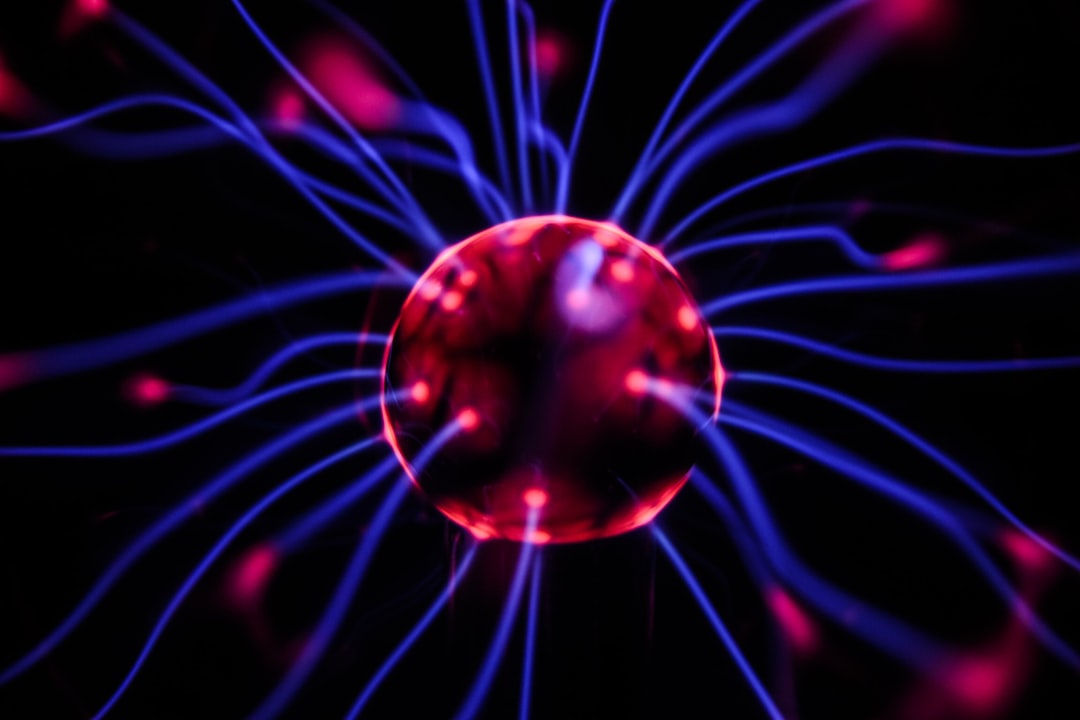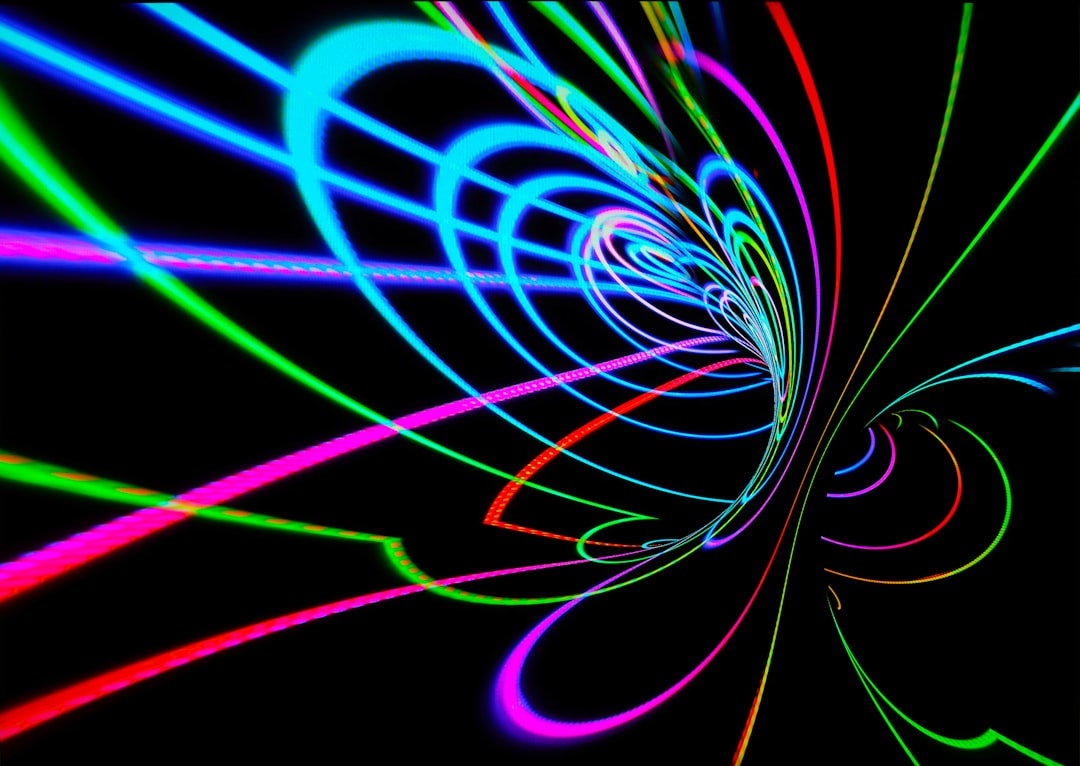What is it about?
Inflation may have been created by the separation of the electroweak and strong forces shortly after the Big Bang. If it did occur, inflation may have solved the long-standing horizon problem associated with the temperature of the microwave background. But a second event apparently separated the electromagnetic and weak forces soon afterwards, which would have created a second horizon problem that currently has not theoretical resolution.
Featured Image

Photo by Dan-Cristian Pădureț on Unsplash
Why is it important?
If this horizon problem is real, it would weaken the case for the cosmic expansion predicted by the current standard model of cosmology. This so-called electroweak horizon problem would manifest itself via an expected variation of fundamental particle properties across the Universe, but we simply do not see anything like this in reality.
Perspectives
The recent discovery of the Higgs boson has had a significant impact, not only on the standard model of particle physics, but also with the standard model of cosmology. The reality of Higgs means that an electroweak phase transition must have occurred in the early Universe. But causally connected regions at that time would not have been able to fill the visible Universe today, creating this second type of horizon problem. Higgs therefore argues against the expansion history predicted by standard cosmology.
Professor Fulvio Melia
University of Arizona
Read the Original
This page is a summary of: The electroweak horizon problem, Physics of the Dark Universe, June 2022, Elsevier,
DOI: 10.1016/j.dark.2022.101057.
You can read the full text:
Contributors
The following have contributed to this page










